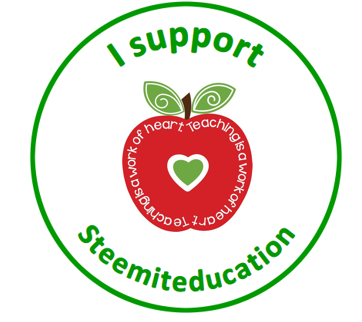Our Space - Part 8 Planets part 2 (Mars and Jupiter) - Lesson for small kids
We are busy gathering more information on the different planets that orbits our Sun.
Yesterday we learned about Mercury and Venus.
Lets have a look at Mars and Jupiter. The 4th and 5th planet from the Sun. Earth is the 3rd planet from the Sun - the only planet which has ideal conditions for us to live - not too hot, not too cold and enough oxygen. Another reason why it is so important to look after our planet - we cannot just move to another one. We will later look at Earth more in detail, for now we will gather extra information on the other planets.
Mars, or the 'Red Planet' as it is sometimes known, has a dusty, rocky surface and a thin atmosphere. Its relatively calm conditions and close proximity to earth make it the most likely destination for future planet exploration by humans.
A few successful and unsuccessful missions has been launched to Mars to make discoveries and see if it will be a likely place for humans to live in future.
The planet go its name the red planet from the fact that it is covered with red dust and even the clouds around the planet is pinkish in colour because of all the red dust that moves around.
There are many volcanoes on this planet and the biggest one in our Solar system (Olympus Mons) is found on Mars. The volcano is 21 km high and the base is 600 km.
The atmosphere of Mars, which is mainly made up of carbon dioxide, is very thin, so it does not trap any heat and it becomes very cold in winter and the temperature can drop to minus 120 degrees Celsius and can go up to 25 degrees Celsius.
The gravity of Mars is very weak and it cannot hold onto the atmosphere which drifts away.
Jupiter is a huge planet. So big that you can fit more than a 1300 Earths in it - it also has many moons and raging gas storms.
There are beautiful and colourful clouds that surround this planet, but do not be fooled by its appearance - these clouds are poisonous. The planet also spins so fast that it 'whips up' the atmosphere and looks like bands surrounding Jupiter.
If it was possible for you to go through these clouds to the surface, you will be squished before you reach the surface - the closer you get to the surface, the darker, hotter and thicker the clouds become and the pressure increases so much that the atmosphere turns to liquid.
Jupiter has a red spot that can be seen through a telescope. This is actually a tornado that is raging on the planet and it has been there for more than 300 years.
The magnetic field on Jupiter is very strong so you would be pulled toward the planet with a lot of force and you will weigh two and a half times more than on Earth.
Jupiter has many moons circling around it. Four of these moons are bigger than Pluto.



Well done, I enjoy seeing posts made to open the minds of children to the wonders of our universe.
If I may add a point?
Jupiter: The red spot - it has lately been discovered that it has greatly reduced in size and is expected to disappear within 20 to 30 years. So, for the kids, you are going to be among the last children to see it.
Don't let it worry you too much, I am certain Jupiter will manage to create new surprises for us.
O wow that is very interesting - thanks for sharing
@anneke You have received a 100% upvote from @steemguard because this post did not use any bidbots and you have not used bidbots in the last 30 days!
Upvoting this comment will help keep this service running.
If you would like to support the educational community by delegating to @steemiteducation, please click on any of the following links. This will ensure that more teachers are supported on a daily basis.
100SP 200SP 300SP 400SP 500SP 750SP 1000SP 2000SP 3000SP 4000SP 5000SP 10,000SP 25,000SP